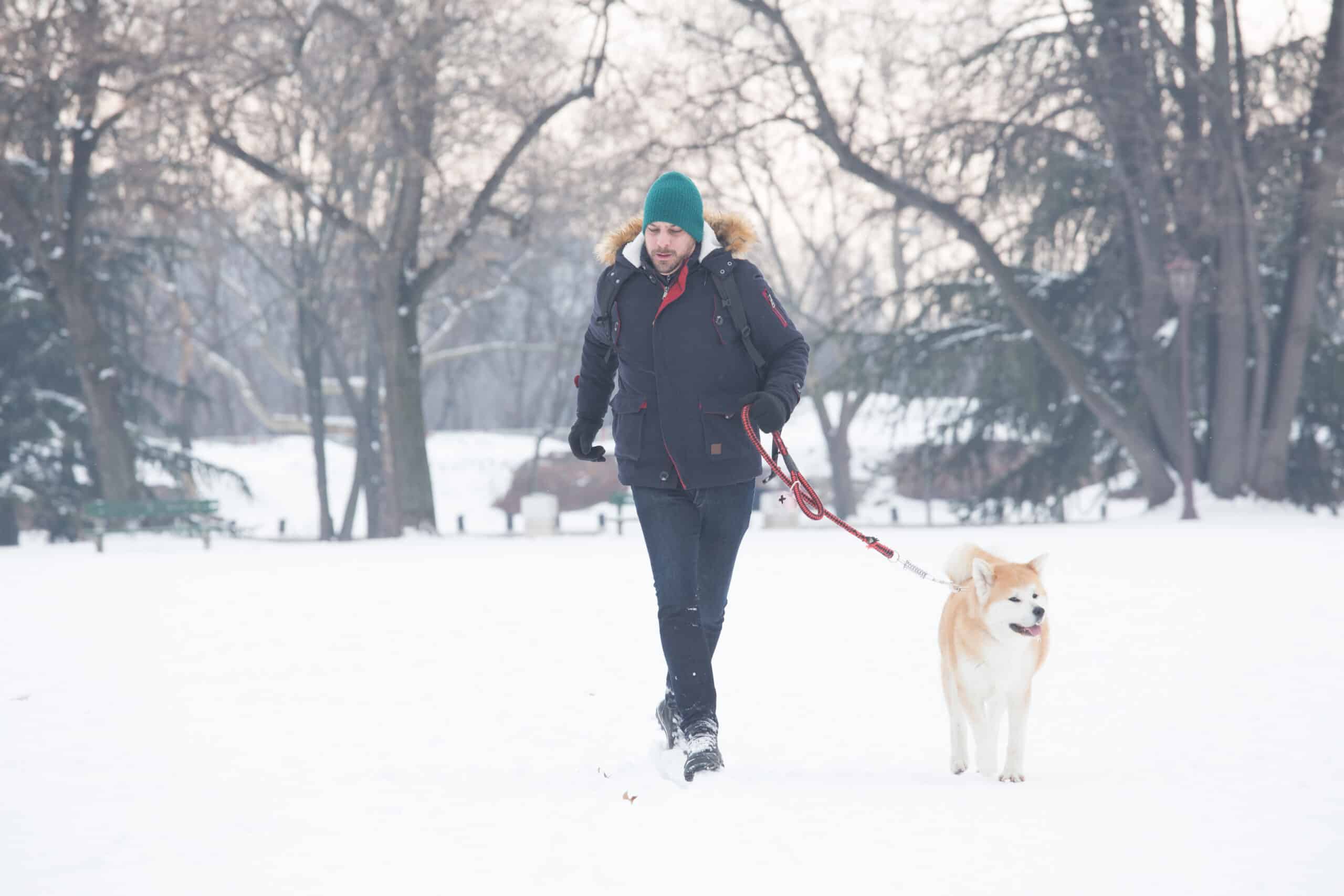You need to be aware of the risks such as temperature at or below 59 degrees can cause blood vessels to narrow which makes it harder for the heart to pump blood throughout the body. Dr. Beth Frates, director of wellness programming for the Stroke Research and Recovery Institute at Harvard-affiliated Spaulding Rehabilitation Hospital explains, “When your heart is asked to work harder, it requires more oxygen and greater blood flow. If your arteries can’t meet that demand because it’s cold outside, or because the arteries of your heart are narrowed by atherosclerosis, or both, it could put a strain on your heart or cause a heart attack.”
The narrowing of blood vessels caused by the cold weather could keep muscles from getting the oxygen needed to work properly and stay warm and flexible which could lead to muscle strain or injury.
Hypothermia can occur when the body loses heat faster than it can produce it, having a dangerously low body temperature can trigger heart attack, kidney or liver damage, or worse. “Older adults lose body heat faster than when they were younger, and they may not be aware of it,” Dr. Frates says. Even exposure to cold can lead to freezing and injury of tissues such as frostbite which is lasting damage or frostnip which is when the body can recover when warmed up.
Going out into the colder temperature also exposes one to an increased risk for falls, especially if the ground is slick and icy from freezing temperature which could lead to suffering a hip fracture or other broken bone.
Even with the risks exercising outdoors in cold temperatures can offer some benefits that you will not get in warmer weather, and it can expose you to sunlight that may help those who suffer from seasonal affective disorder. There is also evidence that suggests exposure to cold weather may help to activate brown fat cells that have been shown to burn calories.
For those that do wish to brave the colder elements if you have any form of cardiovascular, lung, or balance issues please check with a certified medical professional before attempting to exercise outdoors during winter, and do it safely.
Watch the weather and skip exercising outdoors if the temperature drops to 32/0 or less. Try to exercise outside during the warmest times of the day when the sun is at its peak. Make sure to protect your skin, lips and eyes because the sun is still powerful, and the snow can amplify its rays such as the case with being snow blinded.
Dressing in layers is best, that way you will be comfortable without getting overheated, and you can remove layers if you get too warm. It is suggested to avoid wearing cotton and stick to athletic wear that keeps moisture away from the skin while keeping you warm. Humans lose much heat through the head, arms, hands, legs, and feet so don’t forget to wear a hat, gloves, and warm socks.
During winter, spring, summer, and autumn no matter the temperature it is important to warm up to help the body adjust to increased demands on the heart and to get blood/oxygen to the muscles. “A fit young person can start with a sprint, but an older person is risking muscle injury and heart strain by doing that,” Dr. Frates says. “Start exercising gradually: walk slowly or march in place for five minutes. Work out for 20 minutes, and then slow down for five minutes to cool down.”
Regardless of season and temperature it is also very important to stay hydrated. “You need to stay hydrated, even when it’s cold outside, because you’ll still sweat and lose fluid,” Dr. Frates says. Drink plenty of water before, during, and after your workout.
Finally, and perhaps most importantly, listen to your body and don’t ignore possible warning signs, take it seriously if you begin to shiver, have chest pains, are out of breath, or feel extremely fatigued, and call for help straight away.




